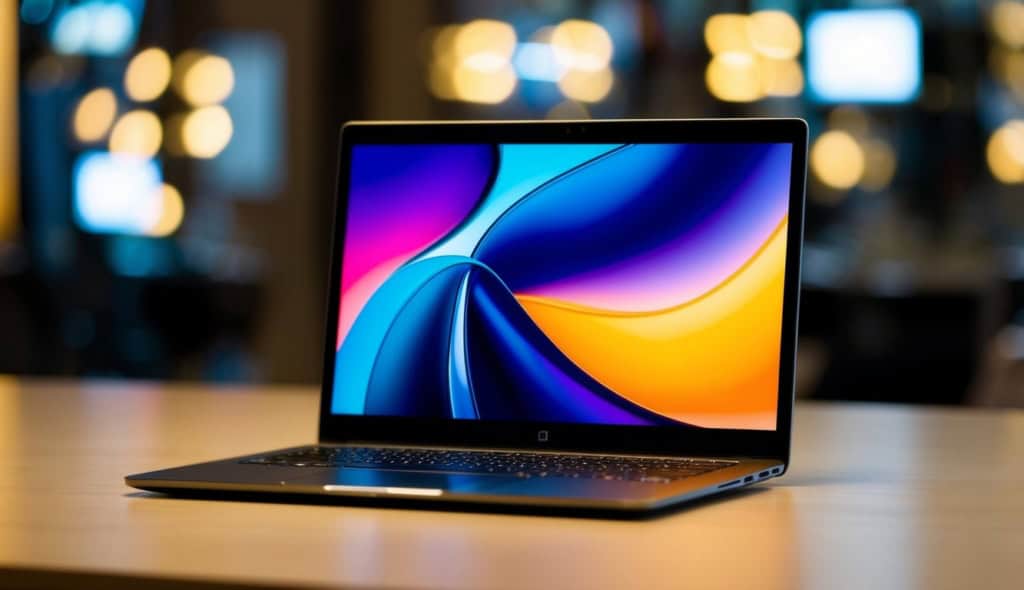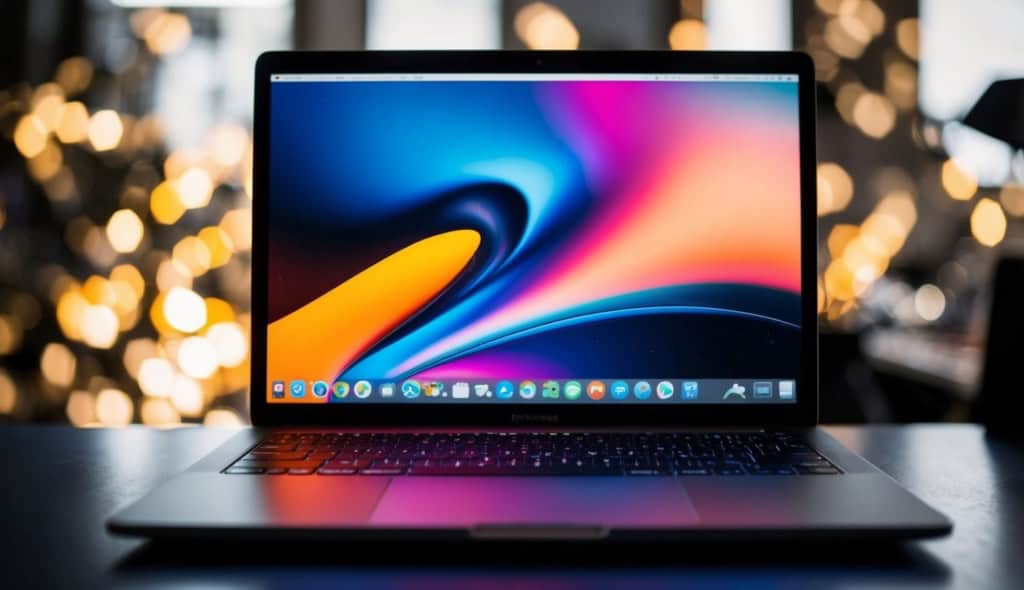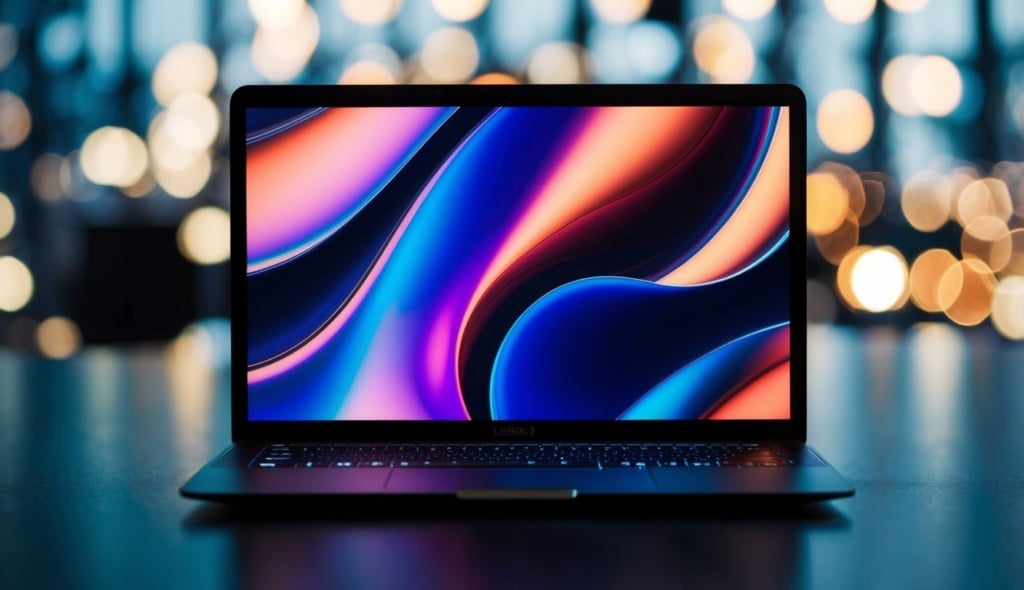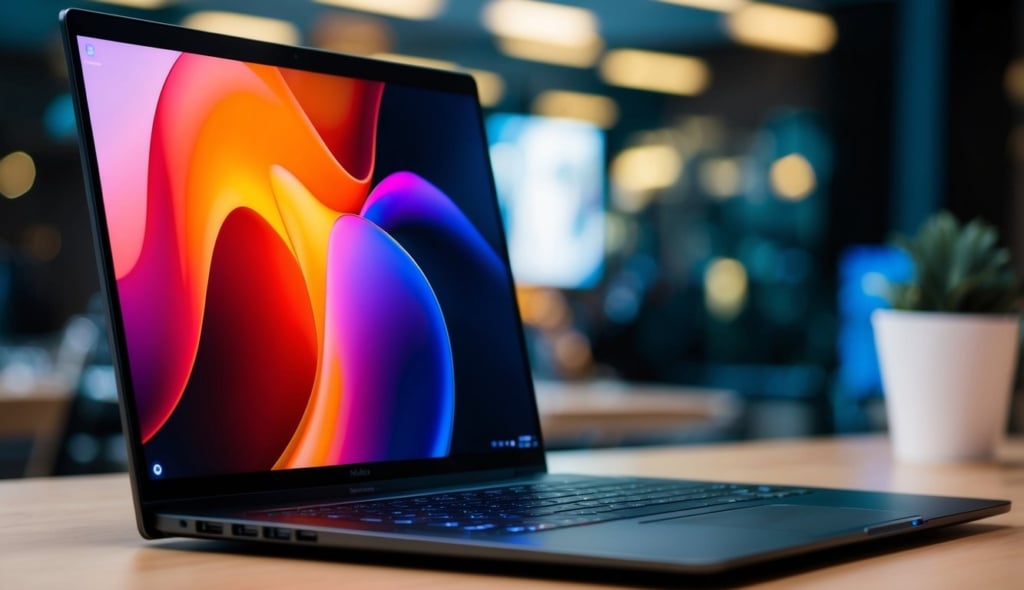OLED Technology’s Power-Saving Edge: Boosting Battery Life in Modern Laptops
With true blacks and individual pixel lighting, OLED panels conserve power and extend usage time, ideal for users on the go.

OLED displays are becoming a leading feature in high-end laptops, celebrated for their vibrant colors, deeper blacks, and razor-sharp contrast.
But aside from aesthetic appeal, OLED (Organic Light Emitting Diode) technology offers a critical advantage that is becoming increasingly valuable for laptop users: longer battery life.
As laptops are used for everything from office work to gaming and streaming, extending battery life is a major selling point. Here’s a look at how OLED technology could be a game-changer for battery efficiency in laptops.
What Sets OLED Displays Apart?
OLED displays differ fundamentally from traditional LCD (Liquid Crystal Display) screens. In LCD screens, an external light source, called a backlight, illuminates the screen, and pixels selectively filter this light to create the image.
OLED panels, on the other hand, use organic compounds that emit light on their own when activated by an electric current. This self-emissive quality allows each pixel in an OLED screen to produce its own light or turn off entirely, creating true blacks without any light leakage.
This difference is key to understanding OLED’s battery-saving potential. While LCD screens require a constant backlight across the entire display, OLED screens only use energy for the pixels that are actively lit. This results in a direct reduction in power consumption, especially for darker content.

The Power Savings of True Blacks
One of the most significant advantages of OLED is its ability to display true blacks. In OLED screens, black pixels are entirely off, drawing no power at all.
For content-heavy applications with dark themes, such as coding environments, text editors, and even some user interfaces, the black backgrounds common in these applications can result in noticeable power savings.
For instance, when users are working on OLED screens with dark mode enabled, or watching movies with dark scenes, large portions of the display can be turned off, saving power and extending battery life.
A study by XDA Developers found that dark mode can reduce OLED display power consumption by up to 60% compared to bright, white-heavy displays.
This is especially beneficial on devices like laptops, where users may work for extended periods on static content like web pages, documents, or code.

Dynamic Pixels Mean Optimized Power Consumption
OLED screens offer what is known as dynamic pixel control, meaning each pixel can be individually powered to display its own color and brightness.
This provides more granular control over power use than LCD screens, where the entire backlight is always on regardless of the content displayed.
On an OLED screen, pixels displaying brighter colors like whites and yellows will draw more power, while those displaying dark colors will use less.
This dynamic pixel control is advantageous for battery life in cases where only certain parts of the display are bright, such as task bars, windows, or notification icons.
Since OLED can allocate power precisely based on pixel requirements, it uses only the energy necessary for the specific visual requirements of each pixel. Over hours of use, this optimized energy allocation can lead to a meaningful reduction in battery consumption.
OLED in Laptops: Tailored for Efficiency
Laptops have unique power challenges, especially with demanding applications like video streaming, gaming, and content creation.
While these activities require considerable CPU and GPU power, the display remains one of the largest power drains in portable devices. With OLED displays, laptops can maintain high-quality visuals with less battery drain, allowing for longer work or play sessions on a single charge.
Moreover, OLED displays maintain their brightness and quality over time, as they lack the aging components of LCDs like backlights. This quality retention is an important factor for users who rely on their devices over several years and want consistent battery performance without the need for constant adjustments.
OLED and the Rise of Dark Mode
The rise of dark mode across applications and operating systems—from Windows and macOS to individual apps—perfectly complements the power efficiency of OLED. Since OLED benefits more from darker content than LCD, this shift toward darker interfaces helps OLED laptops capitalize on potential power savings.
Apple, for example, has optimized macOS and iOS for dark mode, partly due to OLED’s power-saving capabilities on its OLED-equipped devices. When used in tandem with OLED technology, dark mode can provide hours of extra battery life, making it an attractive feature for users who value battery longevity.

Overcoming OLED Limitations: Burn-In and Cost
While OLED has many battery-saving benefits, it does come with a few potential drawbacks. OLED displays are more prone to “burn-in,” a phenomenon where static images, such as toolbars or icons, can leave a permanent shadow on the screen if displayed for long periods.
However, laptop manufacturers are actively working on ways to mitigate this issue, with features like pixel-shifting, which subtly moves the image periodically to prevent burn-in.
Additionally, OLED displays tend to be more expensive to produce than LCDs, which can make OLED laptops costlier. However, as OLED technology becomes more mainstream, these costs are expected to decrease.
The Future of OLED: Transforming Laptop Battery Life
As OLED technology matures, it’s likely to play a larger role in extending laptop battery life without sacrificing quality.
OLED’s power efficiency combined with user-driven trends, like the adoption of dark mode, could become a standard in laptop design, especially for premium models aimed at professionals and creatives who rely on long-lasting battery life.
The shift toward OLED could redefine user expectations for battery performance, encouraging even greater adoption of OLED-equipped devices in the near future.
By reducing energy consumption with dynamic pixel control and true blacks, OLED technology is poised to make laptops not only more visually stunning but also more power-efficient—an advantage that could change the landscape of portable computing for years to come.